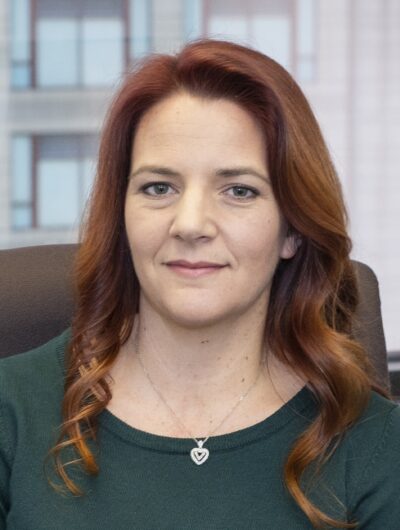How Do We “Practice” Medicine?
According to Oxford Languages, to “practice” means to pursue a professional activity or exercise a skill regularly and routinely to improve proficiency. I am an anesthesiologist who “practices” critical care medicine and the residency program director for more than seventy-six residents in a large training program. I am also a mother, a wife, sister, and daughter; and I have to practice being human every day. We are all human, and we deserve more competence and proficiency as we interact together. Often, my biggest challenge that demands practice for proficiency is the transition from work to life.
As a young attending fresh from residency and fellowship training, I had the diplomas and certifications to practice critical care medicine, but I felt far from competent to handle the growing complexities of ethical conflicts in intensive care units. Reflecting on some of the most memorable dilemmas that faced my patients and their families, I knew I could and should do better, offer more, practice further. Thus, six years into my professional career, I enrolled in a master’s program for Medical Humanities and Bioethics, and there is not a day that goes by that I do not wish I had joined the program sooner. It was an investment of time and tuition, but the return on my investment has made me not only a better physician and intensivist; I believe I am a better educator, mother, friend, and person.
I expected and welcomed a formal education in how to foster the practice of shared decision-making with its infinite spectrum between paternalism and autonomy. Before completing the master’s program, I had not struggled to understand the importance of beneficently advocating for my patients, nor the value of autonomy, but I was certainly perplexed by how to find the patient-specific location for the locus of authority on that spectrum.
Let me consider a composite example from several prior patients. I remember someone who suffered an acute spinal cord injury with resultant progressive tetraplegia. He needed multiple procedures to decompress his spine, but he was reluctant and refusing to consent to surgery. The patient had personal experience and was quite informed about the quality of life he could expect under the best circumstances of his injury. He did not wish to pursue surgical decompression. He did not want to participate in respiratory therapy, nor did he wish to be intubated or mechanically ventilated. The problem for our team at the time was his desire to participate in anything, including a capacity assessment. With medical management, brewing pneumonia, and acute injury, he is mental status waxed and waned, and he was not always lucid. He did not have a durable power of attorney for healthcare. In the setting of the reversible, non-terminal nature of his injury, I could not legally justify withholding life-sustaining treatment without establishing that he was making an informed refusal1. Given his non-compliance with bronchial hygiene, he decompensated into acute respiratory failure. It is nearly ten years later, and I still replay his eyes closing as he begged me not to proceed, then I intubated him. I cannot help but wonder if I really saved his life that day.
Over the next several years of practice, I acknowledged that I needed more tools than the four foundational principles emphasizing autonomy, beneficence, non-maleficence, and justice. I needed power tools in medical humanities and bioethics. With advanced study, I now have an appreciation for how care ethics, virtue ethics, and the social contract theory help navigate that spectrum of shared decision making with a patient and family specific perspective. I learned how to listen to my patient’s narrative and respect their moral values even when they conflict with mine. I also learned how to frame a conversation with empathy and emotional intelligence. I recognize the wounds from our country’s history in research, innovation, and epidemics that shape the perspective of our patients today. Our former practices of medicine and medical research are scared with abuses of humanity that fostered mistrust. Furthermore, it is imperative that I remember my patients and their families, especially those I treated within the legal boundaries of appropriate practice but lacking a moral framework. In other words, we were practicing medicine without practicing humanism.
This brings me to the final point of discussion, the skill I acquired in theory and hoped I would not have to practice directly, for I am quite unsure of my competence. That is the task of applying justice in the allocation of scarce resources during a pandemic. Learning about social justice in healthcare always seemed so abstract and remote from daily practice. It has generally been the role of legislation and healthcare leadership, not the bedside physician. Of course, I remember some scary times in my clinical past battling H1N1 influenza as a fellow and preparing for an influx of patients with Ebola when I was junior faculty. Nothing, nothing could prepare me for the events of the last year. I know Grim by his first name, and we are not friendly. The playing field is no longer an infinite spectrum with a shifting locus of moral authority. It is a short, narrow, dark, and straight vector from suffocating to dying. We practice and practice until our knuckles bleed from the cycle of sweat and disinfectant, but we often cannot change the direction of that vector. There are over 550,000 reasons to keep practicing, because we are far from proficient.
This past year, we discovered that we could make more ventilators, convert open buildings into hospital rooms, and stretch the blood supply and medication stores. But the scarcest resource is us. We need each other, we need to care for each other, and we need to practice being more human, because we are only human after all.




































